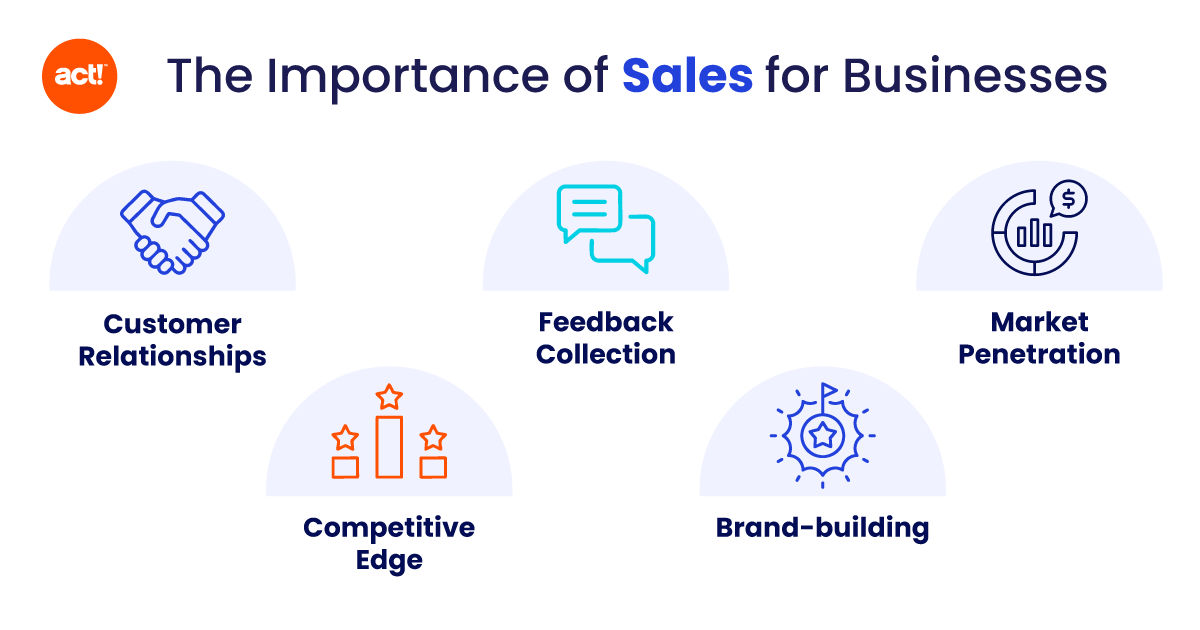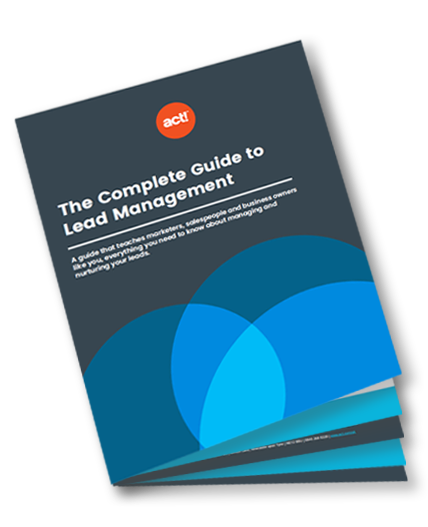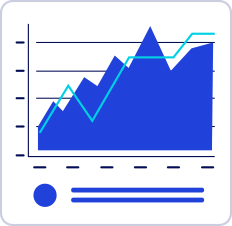TLDR
- What is sales? Sales is more than closing deals—it’s about understanding customer needs, building relationships, and providing solutions that drive business growth.
- Leads vs. prospects: Leads show initial interest, while prospects are qualified buyers who engage with your sales process.
- Sales pipeline explained: A sales pipeline tracks the stages of your sales process (qualification, meeting, proposal, closing) while a sales funnel measures conversion rates.
- Why sales is important: Strong sales drive revenue, improve customer experience, and create valuable business insights for growth.
- How to improve sales: Build a clear sales plan, streamline your sales process, and use CRM software to manage leads, track opportunities, and increase conversions.
The word ‘sales’ is so familiar that it’s easy to assume you know exactly what it means from a business perspective. However, there is a basic definition of sales, and a deeper, more useful definition.
It’s essential to be clear about the meaning of sales for your company, as it will reflect in your attitude toward customers and business activities alike. This also helps you understand whether your business activities are aligned with this definition and make any necessary changes.
In this article, we’ll take a look at the true sales definition for business. We’ll also define some of the most common terminology and strategies for improving your sales activities.
What is sales, and what does it mean for your business?
In the business dictionary, the definition of sales is as follows: 1. The activity or business of selling products or services, or 2. An alternative term for sales revenue or sales volume.
However, sales is so much more than this simple term, which, if taken at face value, might lead to pushy, business-focused strategies rather than customer-focused ones.
Sales is not about trying to convince potential customers or developing the most persuasive tactics to get people to part with their money. When this is your business strategy, people can sense it—and it’s a turn-off.
Sales is really about helping your prospective customers source what they genuinely need. That means listening to them actively and understanding their pain points. The aim is to provide a timely and cost-effective solution, which naturally equates to a win-win situation.
Note that if you know you can’t offer the best solution, integrity should come into play. This earns the respect of your prospects, who just might come back when the time is right or pass your details to others.
By sending a prospect elsewhere, you have still assisted in their process—so technically, even that is still sales.
What are prospects?
The official definition of a prospect is this: any person regarded as a potential customer, client, etc.
To clarify further, a prospect has had some two-way communication with your business, expressing a certain level of interest. They have already engaged with the business, so there is more of a possibility that they’ll be interested in buying eventually.
This is different from a lead, which refers to someone who has only had basic, one-way communication with you, perhaps by signing up for a mailing list. All you have is simple details that may or may not lead to a sale.
What is a sales pipeline?
A sales pipeline refers to the stages your prospects go through, from a new lead to becoming a customer. It will look something like this, depending on the nature of your business, of course:
- Qualification: You ask questions that will define your prospects’ needs, budget, and likelihood of buying at some point.
- Meeting: You discuss potential solutions with prospects, with a view of finding the right one for their needs.
- Proposal: You send the prospect detailed quotes outlining what you intend to provide, how much it will cost, and any corresponding timeframe.
- Closing: The stage at which negotiations are finalised and contracts are drawn up and signed. At this point, the prospect becomes a customer.
It’s worth noting that while a sales pipeline maps the stages a deal moves through, the sales process refers to the specific, repeatable actions your team takes to guide prospects through those stages. Building and documenting a well-established sales process is crucial to closing deals at scale.
80 percent of deals need an average of five follow-ups before closing
What is a sales funnel?
“Sales pipeline” and “sales funnel” tend to confuse people, since they both refer to the way prospects turn into customers.
There is a difference, though.
The sales funnel represents numbers. It defines the number of prospects going through each stage of the pipeline and the rates of conversion through each of those stages.
As is the case with sales pipelines, a good CRM (customer relationship management) software will generate funnel reports so that you can easily see what is happening in your sales funnel.
What is a sales plan?
A sales plan is a working document that defines the most appropriate route to increased revenue. It outlines your current market position, sales goals, and customer attributes, as well as details your tools, metrics, and budgets.
The sales plan also defines your sales strategies and contains a reviewable action plan. This helps you to keep your teams aligned with the company’s vision and mission while giving them a functional framework from which to operate.
To learn more, check out our sales plan template.
The importance of sales for businesses

Why do sales matter for your business? The obvious answer is that sales bring new customers and revenue, which, in turn, helps your business grow. But sales brings much more than just new revenue to your business. Additional benefits include:
- Customer relationships: A robust sales process helps companies look beyond selling their products or services. Instead, they focus on addressing customer pain points, building trust, and forging longstanding relationships. It fosters brand loyalty and creates room for repeat purchases.
- Feedback collection: Direct interactions with prospects and customers provide salespeople with insights into their needs, preferences, and struggles. It helps businesses enhance their offerings, marketing strategies, and sales processes.
- Market penetration: As you develop a deep understanding of customer needs and industry trends, you can expand into new markets and drive revenues further.
- Competitive edge: A well-defined sales process and skilled sales department help your business stand out in a crowded market and deliver value to customers.
- Brand-building: Sales professionals are the face of your company. Each positive customer interaction adds to your brand image and reputation.
Different types of sales
Understanding the sales definition and its different types can help you choose the right strategies to attract and convert customers. Sales can be categorised based on the target audience, approach, and more.
Here are the most common types:
- Inside sales: Sales reps engage with prospects remotely via phone, live chat, email, and video calls. Inside sales representatives usually qualify leads and hand them over to account managers for further nurturing.
- Outside sales: Sales executives travel to meet prospects and close deals in person. Also known as field sales, it’s best suited for larger, more complex deals.
- Direct sales: This involves selling your products or services directly to end customers without intermediaries. Examples include door-to-door selling, in-person demos, and selling via social media platforms.
- Channel sales: Also known as partner sales, this is the process of selling products via third parties, such as affiliates, distributors, or resellers.
- E-commerce sales: Businesses sell their product or services on their own website, online store, or an online marketplace.
- B2B sales: Business-to-business (B2B) sales refers to a business selling its solutions to another company. It’s characterised by high-value deals, longer sales cycles, and multiple decision-makers. According to a 2024 report by 6sense, the average B2B buying group includes 11 stakeholders, and the buying cycle lasts for 11.3 months on average.
- B2C sales: Business-to-consumer (B2C) sales involves a business selling its products or services to end consumers.
- Account-based sales: This approach involves identifying and building relationships with high-value accounts through personalised outreach.
How to improve your sales process
A well-structured sales process doesn’t just generate more revenue. It enhances the customer experience, improves team performance, and reinforces your brand image.
Whether you’re building a new sales process from scratch or improving an existing workflow, consider the following tips.
Build a solid ideal customer profile (ICP)
The more detailed your ICP, the easier it becomes for sales reps to identify, qualify, and score leads. Conduct thorough market research on your target audience’s interests, needs, and preferences. Additionally, leverage historical sales data to identify common customer behaviour and pain points and fine-tune the ICP further.
Refine the lead nurturing flow
Did you know that 80 percent of deals need an average of five follow-ups before closing? The initial email, cold call, or meeting helps you make a striking first impression, but it rarely converts a prospect into a customer.
This emphasises the need for a well-established lead nurturing process that demonstrates your solution’s value and nudges prospects to purchase.
Leverage multiple touchpoints, including phone calls, emails, and social media, to stay connected with active leads. Also, offer tailored content that speaks to their interests at different stages of their journey.
Leverage technology to streamline processes
From CRM and marketing automation platforms to analytics tools, you can use technology to automate repetitive tasks, measure sales performance, and boost efficiency.
For instance, with Act!, sales teams can gain visibility into the pipeline and easily track leads. Plus, the integrated automation features help streamline follow-ups and improve lead nurturing.
Power your sales with Act!
Growing your revenue requires your sales and marketing departments to work in tandem. From sales pipeline management to effective communication with customers, you need to do it all to move prospects toward conversion.
With a powerful front-office solution like Act!, you get a single source of truth. Whether it’s business insights or sales activity management, it’s all available at your fingertips. Try it for free now to see how it can overhaul your sales processes.

“At Act!, sales is more than closing deals—it’s about building trust, meeting real customer needs, and achieving lasting success together. Understanding what ‘sales’ means for your business is the first step toward transforming every interaction into opportunity.”
Duston Santana, VP Sales | Act!
Sales FAQs
B2B sales, short for business-to-business sales, is the process of a business selling its products or services to other businesses. The B2B sales cycle is longer and more complex than B2C sales. It typically involves a higher price point, multiple stakeholders, and a long approval chain.
The sales process typically involves seven key stages: prospecting, initial contact, qualification, nurturing, presentation, overcoming objections, and closing the deal.
While these are the main stages, the sales process also involves steps like lead generation and post-sales follow-up. The exact sequence of steps varies depending on your target customers and the type of product or service you’re selling.
A high-performing sales team includes several members, such as sales reps, analysts, and managers. Sales reps do most of the customer-facing work, such as pitching solutions, building relationships, and closing deals.
Analysts, on the other hand, assess sales data and provide insights into customer behaviour, market trends, and team performance. Sales managers are responsible for setting team goals and aligning them with overarching business objectives. Besides hiring and onboarding the right people, building a sales team also requires you to:
- Define clear goals and expectations.
- Develop and document a rock-solid sales process.
- Track relevant sales metrics and optimise performance.
- Build a tech stack with CRM systems, communication tools, and analytics dashboards.
- Cultivate a culture of collaboration and continuous improvement.
Want to learn more? Check out these related resources:

Articles








